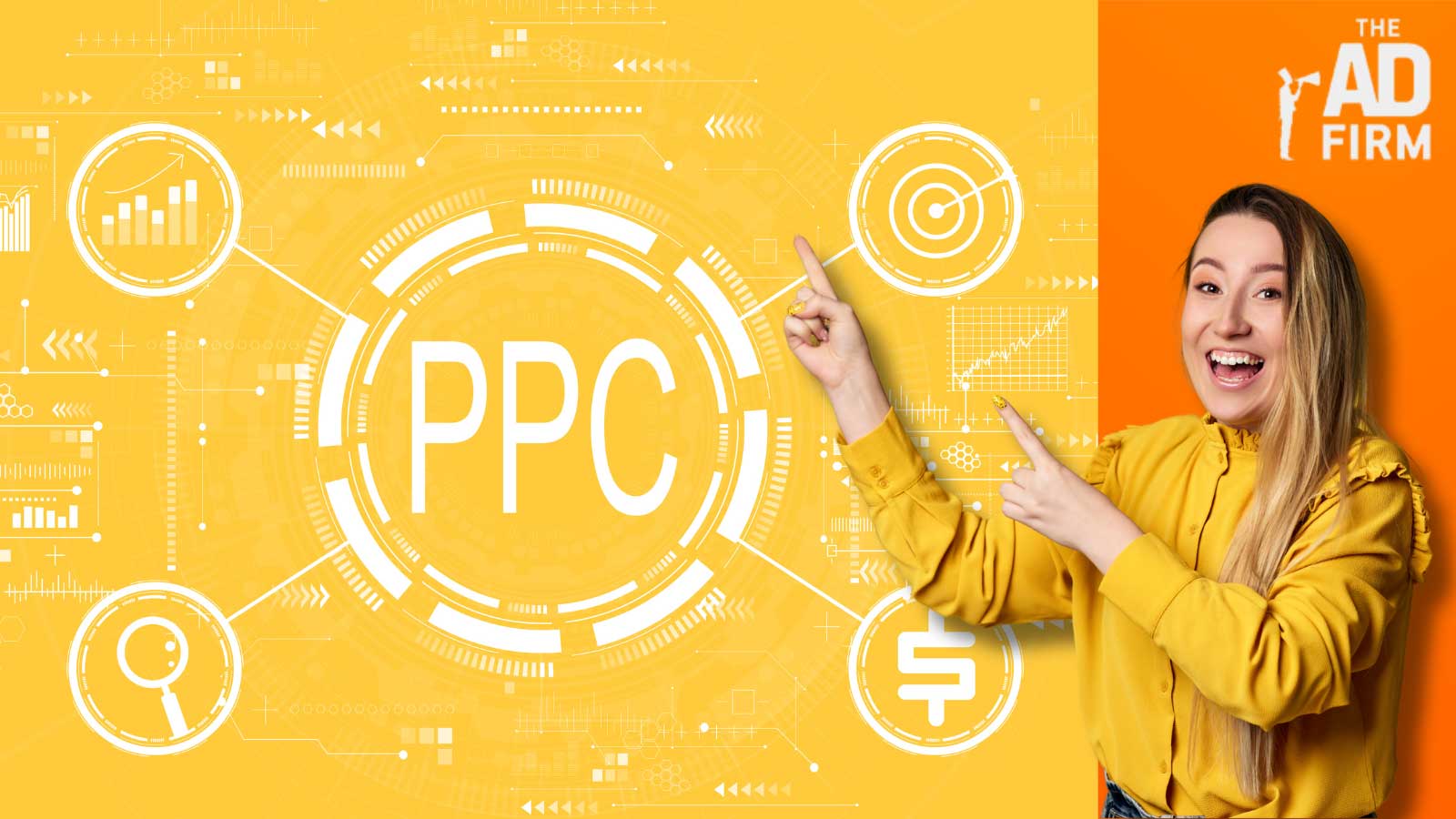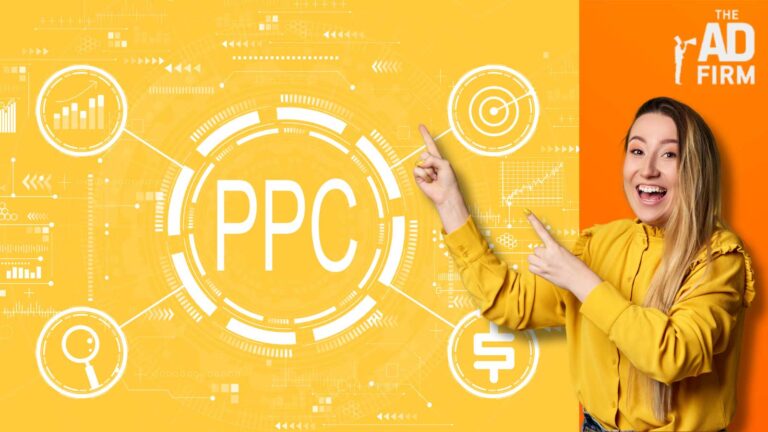Creating high-performing PPC campaigns starts with understanding your audience’s journey. Customer-journey mapping offers a roadmap to identify how customers interact with your brand and highlights critical touch points influencing their decision-making process. This approach ensures your campaigns are aligned with user intent, resulting in highly resonant ads that drive meaningful engagement and conversions.
By integrating customer-journey mapping into your PPC strategies, you can create intuitive ads that speak directly to your audience’s needs at each stage of their journey. The result?
Better ROI, stronger connections with your customers, and more impactful campaigns. This method is particularly valuable for businesses working with a digital marketing agency or looking to optimize their local SEO services or e-commerce SEO services.
Understanding Customer-Journey Mapping in PPC Campaigns
Customer journey mapping is a blueprint for creating impactful PPC campaigns. Businesses can connect with their audience more deeply by visualizing customers’ path from their first interaction to post-purchase loyalty. Each interaction becomes purposeful, addressing customer needs, challenges, and motivations.
This process is critical for any SEO company or business looking to stand out in a competitive landscape. Customer-journey mapping ensures that PPC efforts are not just about running ads—they’re about guiding users through a seamless experience tailored to their unique path.
Enhanced Relevance
Relevance is the foundation of successful PPC campaigns. Ads that align with customer behavior and intent capture attention and improve performance metrics like click-through rates (CTR) and quality scores.
- Aligning with Search Intent: When your ads reflect what users are actively searching for, they are more likely to engage. For example:
- A user searching for “affordable SEO services near me” will respond better to an ad emphasizing local solutions, such as, “Get top-rated local SEO services tailored to your area.”
- Higher Ad Rank: Platforms like Google reward ads with higher relevance by giving them better placements and reducing costs per click (CPC).
- Eliminating Guesswork: Mapping the customer journey helps identify what customers truly want, allowing you to create natural and timely ads rather than generic or forced.
By improving relevance, your campaigns become more effective and efficient, maximizing returns on your PPC investment.
Improved Conversions
Driving conversions—whether it’s generating leads, closing sales, or increasing sign-ups—is the ultimate goal of any PPC campaign. By integrating customer journey mapping strategically, businesses can create a seamless path to action that caters directly to user needs.
- Strategic Call-to-Actions (CTAs): Effective CTAs reflect the user’s readiness to act. By understanding their position in the journey, ads can be tailored to motivate progression:
- Awareness Stage: “Learn how our digital marketing agency can elevate your online presence.”
- Decision Stage: “Request your free consultation for expert SEO services today.”
- Addressing Common Barriers to Conversion: Proactively resolving objections can help remove roadblocks and build trust. For example:
- Highlight cost-effective solutions for budget-conscious users.
- Use client success stories or testimonials to reinforce credibility and trust.
- Landing Page Optimization: A strong PPC campaign doesn’t end with the click. Ensuring landing pages align with ad intent and user expectations is essential. A clear, relevant, and user-centric landing page significantly boosts the chances of conversion.
Customer journey mapping empowers businesses to deliver not just ads but actionable, conversion-focused experiences. By combining tailored messaging, strategic CTAs, and frictionless landing pages, your PPC campaigns can deliver measurable results and foster meaningful engagement.
The Four Stages of the Customer Journey and Their PPC Implications

Every customer journey is composed of four distinct stages: Awareness, Consideration, Decision, and Loyalty. Each stage represents a unique mindset and intent, influencing how users interact with your brand. By aligning PPC strategies with these stages, businesses can create campaigns that resonate deeply, foster trust, and drive meaningful results.
1. Awareness Stage: Building Visibility and Engagement
In the Awareness Stage, potential customers are identifying a need or problem but aren’t ready to commit. They’re searching for information and exploring their options. Your goal here is to establish your brand as a trusted resource and capture their attention.
PPC Strategies for the Awareness Stage:
- Display Ads for Brand Exposure: Use visually appealing display ads to introduce your brand to a wider audience. Highlight your unique value proposition in concise and clear messaging.
- Example: “Struggling to rank higher on Google? Discover how our professional SEO services can help!”
- Search Ads Targeting Informational Keywords: Optimize for educational keywords like “how to” or “what is” to position your brand as a thought leader.
- Example: “How to improve eCommerce site traffic” or “What are the best PPC strategies?”
- Video Ads for Storytelling: Platforms like YouTube offer an excellent avenue to showcase your expertise. Short, engaging videos can narrate your brand story or demonstrate solutions to common challenges.
Metrics to Track:
- Impressions: Measure the reach of your ads to gauge brand exposure.
- Click-Through Rate (CTR): Assess how effectively your messaging sparks interest.
- Engagement Rates: Monitor actions such as video views or downloads to evaluate interest levels.
By focusing on building visibility and trust at this stage, you lay the foundation for a meaningful relationship with your audience.
2. Consideration Stage: Converting Interest into Trust
In the Consideration Stage, users actively compare solutions and evaluate options. They are more informed and deliberate in their choices, making this stage critical for positioning your brand as the top contender. This is the time to highlight your value proposition and engage more deeply.
PPC Strategies for the Consideration Stage:
- Targeted Search Ads: Focus on keywords with navigational intent, such as “Why businesses trust our local SEO services for lasting growth.”
- Remarketing Campaigns: Re-engage users who have visited your website but haven’t yet converted. Showcase services or products they previously explored to keep your brand top-of-mind.
- Social Media Ads for Engagement: Platforms like LinkedIn and Facebook allow for precise targeting to engage users and maintain their interest in your brand.
Metrics to Track:
- Conversion Rates on Landing Pages: Ensure your landing pages effectively guide users to take the next step, such as filling out a form or signing up for a demo.
- Bounce Rates: Identify and resolve any disconnect between your ad’s messaging and your landing page content to keep users engaged.
By providing compelling reasons to choose your brand, you help prospects move closer to a decision.
3. Decision Stage: Driving Action and Conversions
The Decision Stage is where customers are ready to make their final choice. They’ve evaluated their options and are considering whether to commit to your product or service. PPC campaigns at this stage must emphasize value, urgency, and clear calls to action.
PPC Strategies for the Decision Stage:
- High-Intent Search Ads: Target purchase-driven keywords like “buy,” “order,” or “get started” to capture users ready to convert.
- Example: “Get started with affordable eCommerce SEO services today.”
- Limited-Time Offers: Create urgency with exclusive promotions like “20% off for new clients” or “Sign up today for a free consultation.”
- Dynamic Remarketing Ads: Use data to re-engage users by showing tailored ads featuring products or services they’ve shown interest in.
Metrics to Track:
- Cost Per Acquisition (CPA): Monitor how efficiently your campaigns are driving conversions.
- Return on Ad Spend (ROAS): Ensure your PPC investment delivers measurable revenue growth.
By delivering action-oriented messaging and tangible value, you can turn potential customers into loyal clients.
4. Loyalty Stage: Strengthening Long-Term Relationships
In the Loyalty Stage, the focus shifts from acquisition to retention. This stage is about maintaining connections, rewarding repeat customers, and turning them into advocates for your brand. Dedicated PPC efforts for existing clients can significantly enhance lifetime value.
PPC Strategies for the Loyalty Stage:
- Exclusive Offers for Returning Customers: Reward loyalty with personalized ads featuring discounts or early access to new services.
- Example: “As a valued client, enjoy 15% off our expanded digital marketing agency solutions.”
- Upselling and Cross-Selling Campaigns: Use data insights to promote complementary services, such as bundling SEO and PPC management.
- Customer-Centric Content: Highlight testimonials or success stories that showcase the benefits of your partnership.
Metrics to Track:
- Customer Lifetime Value (CLV): Measure the long-term revenue generated by each customer.
- Retention Rates: Monitor repeat engagements to gauge customer satisfaction and loyalty.
Understanding the four stages of the customer journey helps businesses create PPC campaigns that align with user intent, providing relevance at every step. This streamlined approach ensures ads resonate with prospects and deliver measurable ROI without overemphasizing repetitive concepts like customization.
Key Elements of a Customer Journey

Breaking down the customer journey into its core components ensures that your PPC campaigns are both structured and effective. Here are the critical elements:
Touchpoints
Touchpoints represent how a customer interacts with your brand—whether through search ads, display ads, or remarketing campaigns. In the context of PPC, the most critical touchpoints include:
- Search Ads: Customers encounter your brand while actively searching for solutions.
- Display Ads: Visually appealing ads that remind users of your product or service.
- Landing Pages: The first impression customers have after clicking an ad.
- Remarketing Ads: Re-engagement campaigns targeting users who didn’t initially convert.
Each touchpoint provides an opportunity to guide your audience toward conversion. Tailoring messaging to each interaction ensures relevancy and builds trust.
Pain Points
Pain points are your audience’s challenges—problems your product or service can solve. Addressing these frustrations in your ads increases relevance and emotional impact. Examples include:
- Time Constraints: Highlight solutions that save time.
- Affordability: Showcase cost-effective options or promotions.
- Trust Issues: Use testimonials, guarantees, or certifications to build credibility.
When your PPC campaigns address these pain points directly, they feel more personal and relatable, fostering a deeper connection with your audience.
Actions
Actions are the steps customers take throughout their journey, from awareness to loyalty. These may include:
- Clicking an ad to learn more.
- Exploring landing pages for detailed information.
- Completing purchases or signing up for services.
Businesses can refine their strategies to optimize key milestones by analyzing these actions. For example, campaigns promoting professional SEO services focus on driving consultations, while those highlighting e-commerce SEO services aim for completed transactions.
Why Mapping is Critical for PPC Success
Customer journey mapping is a must-have tool for successful PPC campaigns. In today’s market, relevance and personalization are no longer optional—they are expected. Here’s why this approach is essential:
Create Highly Relevant Ads
Ads that directly align with the customer’s journey are more likely to capture attention and drive action. Tailor your campaigns to the following stages:
- Awareness Stage: Focus on educating your audience about a problem or solution.
- Consideration Stage: Highlight your unique value propositions.
- Decision Stage: Use action-driven CTAs like “Sign Up Now” or “Buy Today.”
Mapping allows advertisers to identify high-value actions and allocate budgets accordingly. This approach ensures that ad spending is focused on efforts that drive the most ROI.
Build Trust and Loyalty
When your ads align with the customer journey, they feel thoughtful and intentional, which fosters trust. Customers are more likely to return when they feel understood.
Elevate Your PPC Campaigns with The Ad Firm
Looking to transform your PPC campaigns into powerful, results-driven strategies? At The Ad Firm, we go beyond clicks to create meaningful connections with your audience. As a leading digital marketing agency, we specialize in professional SEO services, e-commerce SEO services, and local SEO services, delivering tailored solutions that resonate at every stage of the customer journey.
Let us help you craft intuitive, high-performing ads that maximize your ROI and elevate your digital presence. Contact The Ad Firm today for a free consultation and start achieving measurable success!









